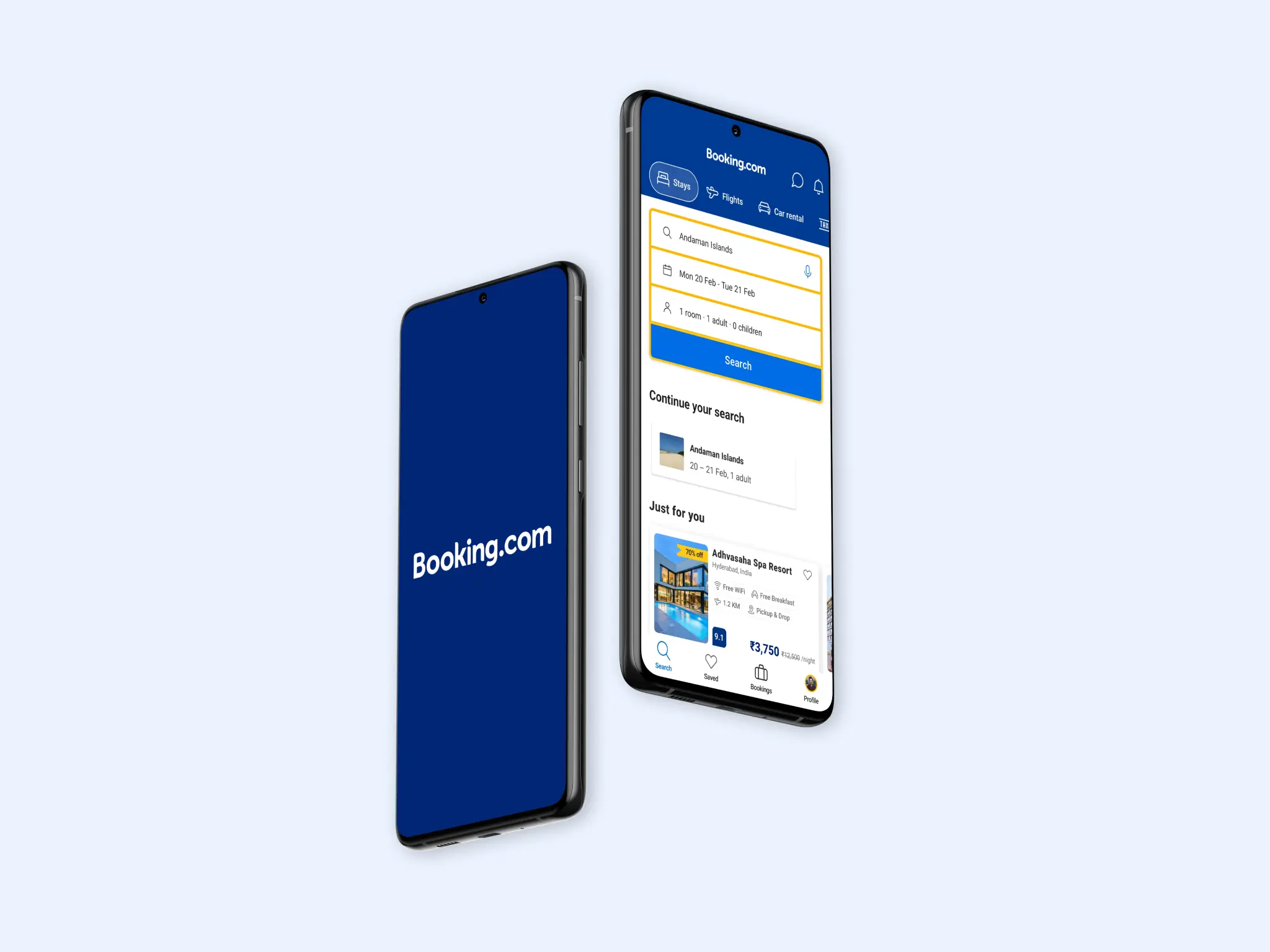Designing Without User Research

Are you a designer who's ever been in a situation where you've had to design without the luxury of user research? Maybe you've had constraints such as a tight deadline or a limited budget, or perhaps your organization doesn't see the value in investing in research. Whatever the reason, it can be a challenge to create effective and impactful designs without understanding the needs and behaviors of your users.
But fear not! In this blog post, we'll explore some tips and strategies to help you design without user research. So whether you're a seasoned designer looking to expand your skillset or a newcomer to the field, read on to discover how you can still create amazing designs even without research.
Consider The Context
When designing without user research, it's important to consider the context in which your product will be used. Think about factors such as location, device, taking care of the edge cases etc to ensure that your design meets the needs of your users.
Reverse Engineer The Problem
If you can't directly ask users about their needs, you can still try to understand the core of the problem by reverse engineering it. This involves breaking down the problem and examining its underlying causes, origins, and effects. This can help you to design solutions that address the root cause of the problem, rather than just its symptoms.
Focus On Empathy
Empathy is at the heart of user research. Even if you can't conduct formal research, you can still try to understand your users' needs and pain points. Talk to your customer support team, read online reviews, and engage with your users on social media to gain insights into their experiences.
Collab With Stakeholders
Whether you are working on a freelance project or in a organization, sometimes stakeholders such as sales or customer support teams may have valuable insights about your users. Collaborate with them to gather information and incorporate their feedback into your design.
Leverage Existing Research
If your organization has conducted user research in the past, review that data to see if it's still relevant. You can also look at research done by other organization who work in the same industry or domain and their best practices to inform your design decisions.
Equip With Data
Your product's analytics can provide a wealth of information about user behavior. Look at data such as click-through rates, time on page, and bounce rates, session length of different screens to understand user’s motivation, goals, pain point and identify areas that may need improvement.
Test Your Assumptions
When you can't do user research, it's easy to rely on assumptions. However, testing those assumptions is crucial to ensure that you're designing for real user needs. Conduct A/B tests, Usability testing and use other testing methods to validate your design decisions and iterate if the constraints allows.
